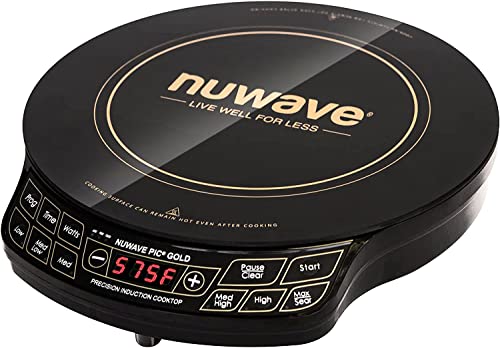Some vehicles will have other loads shared on the circuit which feeds the Ciggy plug receptacle, and if these loads are on, it will throw off the voltage reading on a voltmeter plugged into the dashboard ciggy receptacle.
A digital multimeter is a great too to have, A clamp on Digital multimeter is significantly better in this lifestyle as one can then test the current draw of any single device or the charging current from any charging source.
The more measuring tools the better. Since BigT only has one single battery underhood, the surface charge left over from the alternator after a drive could have voltage reading higher allow him to believe the solar system is responsible for the higher voltage, even if the solar system was doing nothing due to an open circuit or a faulty controller.
I have 2 of these on my dashboard:
http://www.amazon.com/DROK-Digital-...qid=1441734434&sr=8-2&keywords=drok+voltmeter
One for each battery, but they are wired to only come on with the ignition, and they are enlightening.
By all means, employ voltmeters and keep an eye on them, but they are hardly a gas gauge. A voltmeter relates to battery state of charge on a battery still in use, the same way one can judge how much a rock weighs by throwing it at a rubber band, and seeing how far it stretched.
Also be sure to compare any given voltmeter to a known accurate meter before just trusting it. A 0.1v difference is huge.
But one can argue, 12.8v+ battery is charging, 12.8v or less, it is discharging, and that is all some ever care to know.
Big T's Northstar battery will have a fully charged resting Voltage above 13v. That Innova voltmeter says anything above 12.6v is 100% charged.
12.6v resting on his Northstar battery is anything but fully charged.
The voltage trap is an evil one. Skirt the edges of it.












































































